1,200 schools are vulnerable to earthquakes
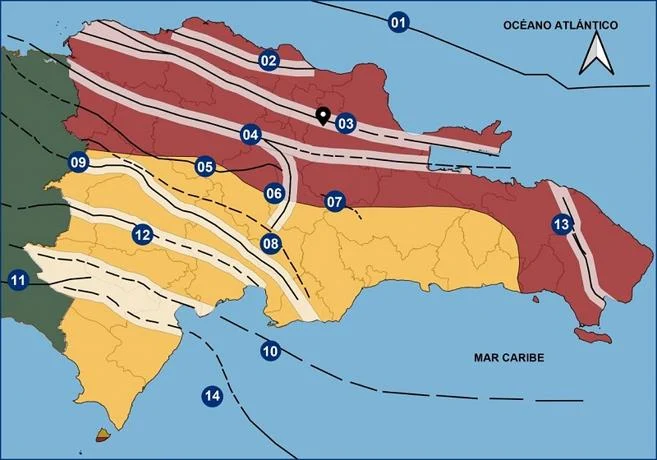
Santo Domingo, DR.
The general director of the National Office of Seismic Evaluation and Vulnerability of Infrastructure and Buildings (Onesvie) warned yesterday that some 1,200 schools in the country are built near seismic fault lines and do not have the site conditions to remain intact in the face of strong earth tremors.
Leonardo de Jesús Reyes Madera explained that these educational centers are located approximately five kilometers up or below these faults.
He specified that the earthquake with an epicenter in Puerto Plata, which occurred on September 22, 2003, should have served as a lesson for the Ministries of Education (Minerd) and Public Works at the time of building public schools in these vulnerable zones.
He emphasized that of these schools, 290 are large and vulnerable due to the type of design, which corresponds to that of the educational centers which collapsed 19 years ago with that earthquake, as well as 25 others that were evaluated in a more specialized manner.
In addition, he recalled that out of 15 new schools that have been built, at least ten are on top of seismic faults.
“Back then, in 2011, the Minerd was given a line of change and nothing was done,” Reyes Madera pointed out.
Faced with this scenario, the director of Onesvie suggested executing a pilot plan to reinforce old and new schools and build resilient educational facilities that guarantee any circumstance based on a good structural configuration.
Regarding the investment involved in this plan, he informed that it would be subject to the condition of these schools, stating that in some cases, it would be necessary to demolish some schools since it would not be safe or sufficient to refurbish them.
Almost 19 years after the 6.5 magnitude earthquake in Puerto Plata that surprised the population of Cibao and only 45 seconds were enough to cause the collapse of several schools, there is still concern among seismic engineering experts about the non-compliance of structural regulations in the Dominican Republic.
Neglect
Reyes Madera reported that educational centers were built after the earthquake of September 22, 2003. Still, the new constructions and repairs did not have adequate specifications to protect the buildings and the students over time.
“They made them the same as the ones that fell (the schools); even when we went to evaluate the new ones, they were already in bad conditions,” expressed the seismology expert during a visit to Listin Diario.
The engineer commented that eight years after this earthquake occurred, the regulation for the Analysis and Seismic Design of Structures (R-001) was published, establishing the rigorous and strict application to avoid buildings vulnerable to earthquakes.
Once this new regulation was implemented, eight thousand schools were built under the seismic specifications, but the measures became more flexible over time.
“A column was added to all new schools. So, conceptually the regulation was applied, but at the construction level, they again committed the same inefficiencies causing them the old vulnerabilities,” emphasized the expert in seismic vulnerability.
While the director of Environmental Management of the Minerd, Diego Bautista, who was also present at the visit, emphasized that this institution has made evaluations, but not with the rigor that specialized accompaniment implies.
Universities
Four private universities were also tasked with designing different typologies of schools so that once their research and improvements are completed, they can be presented to the President of the Republic, Luis Abinader, as well as to the Minister of Education, Angel Hernandez.
The participating universities are the Pontificia Universitaria Católica Madre y Maestra (PUCMM), the Instituto Tecnológico de Santo Domingo (INTEC), Universidad Nacional Pedro Henríquez Ureña (UNPHU) and Universidad Iberoamericana (UNIBE). However, only the latter submitted its proposal.
Symposium
Onesvie will hold a symposium on September 22 and 23, 2022, on “Resilient Schools in the Face of Seismic Events” to address the challenges in the national context.
The meeting will be held at the Rafael Solano auditorium of the Autonomous University of Santo Domingo (UASD), San Felipe campus, located in Puerto Plata.
According to the information, the purpose of the meeting will be to exchange experiences, visions, and institutional strategies of Latin American and Caribbean countries that have obtained positive results in reducing the vulnerability of buildings to seismic events while recalling the twenty-ninth anniversary of the earthquake that occurred in that region.
Data
Weaknesses.
Experts in seismology and vulnerability have stated that the country is not prepared to face the damages of a major earthquake.
Conditions.
Their main arguments are the constructions on weak or soft soils that amplify the seismic spectrum, the informal buildings erected without any State supervision, and the low budget for disaster mitigation in the face of an imminent earthquake.







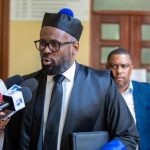

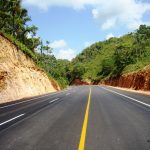

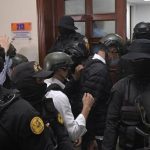
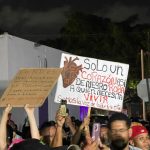


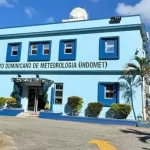
I have solution for that( many countries around the globe are using our devices and ssystem, including USA military)…contact me if you are interested in resolving it…everything is vulnerable not just schools…earthquake does not discriminate …!!!